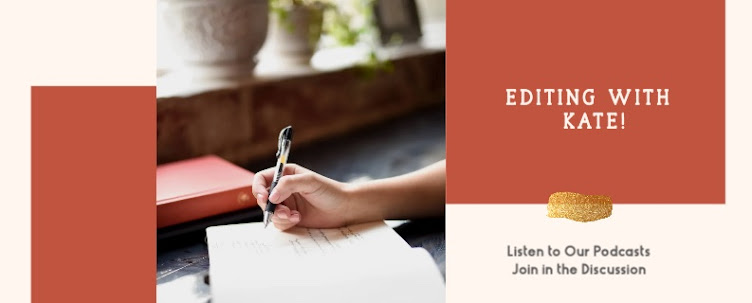Do you like working with words? Do you often find typos and mistakes in the things you read?
Do you have a knack for making sentences sound better and helping words flow from paragraph to paragraph? Maybe you’re the go-to person that coworkers or friends ask to review what they’ve written.
If any of this sounds like you, then editing may just be your thing.
What Does Being an Editor Mean?
In basic terms, an editor is someone who reviews a piece of writing and makes it better by fixing mistakes and making sure it covers what author Amy Einsohn (The Copyeditor’s Handbook) calls the “4 Cs” – clarity, coherence, consistency, and correctness.
As they are reading, editors will want to ask themselves:
· Is the writing clear (clarity)?
· Is it logical and easy to follow (coherence)?
· Is it consistent, for example, in the use of terms, verb tense, etc. (consistency)?
· Is the information accurate (correctness)?
What Skills do Editors Need?
A good editor will have these skills:
· A good vocabulary
· An eye for detail
· Grammar and punctuation sense
· Ability to read a variety of materials written in different styles
· Love of reading
While editors are reading for grammar and punctuation mistakes, they are also looking at other details like readability, sentence structure, and word flow. They look at the nitty-gritty details as well as the whole picture. That being said, there are different types of editing.
Let’s explore the types of editing to see which one piques your interest or lends itself to your strengths. You may even find more than one type appeals to you.
Types of Editing
Here is a brief summary of the different types of editing.
1. Developmental/structural editing. Developmental editing looks at the big picture, like a novel or short story’s plot, theme, and characters. A developmental editor examines the whole project and its structure and may rearrange sections, identify confusing content, and add features like headings and bulleted lists. They assess the tone and voice and make sure the work meets brand/style guide requirements, if there are any.
2. Line/stylistic editing. Line editing is done line by line, paragraph by paragraph. It looks at word choice, sentence structure, verb tense, and scene and image descriptions like in books. This type of editing also ensures the words and prose flow and the tone and style are consistent. Line editing can be done in conjunction with developmental editing.
3. Copyediting/mechanical editing. Copyediting or mechanical editing looks closely for grammar, punctuation, capitalization, spelling, and word usage mistakes. Copy editors also do fact-checking and follow style guides. These types of editors are called mechanical editors because they aren’t concerned with the content of the story as much as the correctness or “mechanics” of the language.
4. Proofreading. Proofreading is the last step in the editing process before going to print (aka hitting the publish button or going live). Proofreaders look for the same issues as a copy editor, and many perform their editing on a printed, hard copy (especially for books). Proofreaders also look at formatting details like typesetting, line breaks, etc. Hence, this is the reason for working on a printed copy.
Getting Started
If any of these editing styles appeal to you and you feel editing is something you’d like to do, check out some of the professional organizations like The Society for Editing (ACES), Editorial Freelancers Association (EFA), and the National Association of Independent Writers and Editors NAIWE.
Let your social network know you’re offering editing services – both by word of mouth and by creating social media posts. And to start practicing your skills, offer to help a friend by editing their resume or a coworker by reviewing their annual report.
Also, look into freelance sites like Fiverr where you can set up a profile with your editing services and start building your business.
Whichever type of editing calls to you, know that your talents are needed. Now, go out and put your superpowers to work!
Resources
Einsohn, Amy (2011). The Copyeditor's Handbook: A Guide for Book Publishing and Corporate Communications, with Exercises and Answer Keys. Berkeley, California: University of California.

